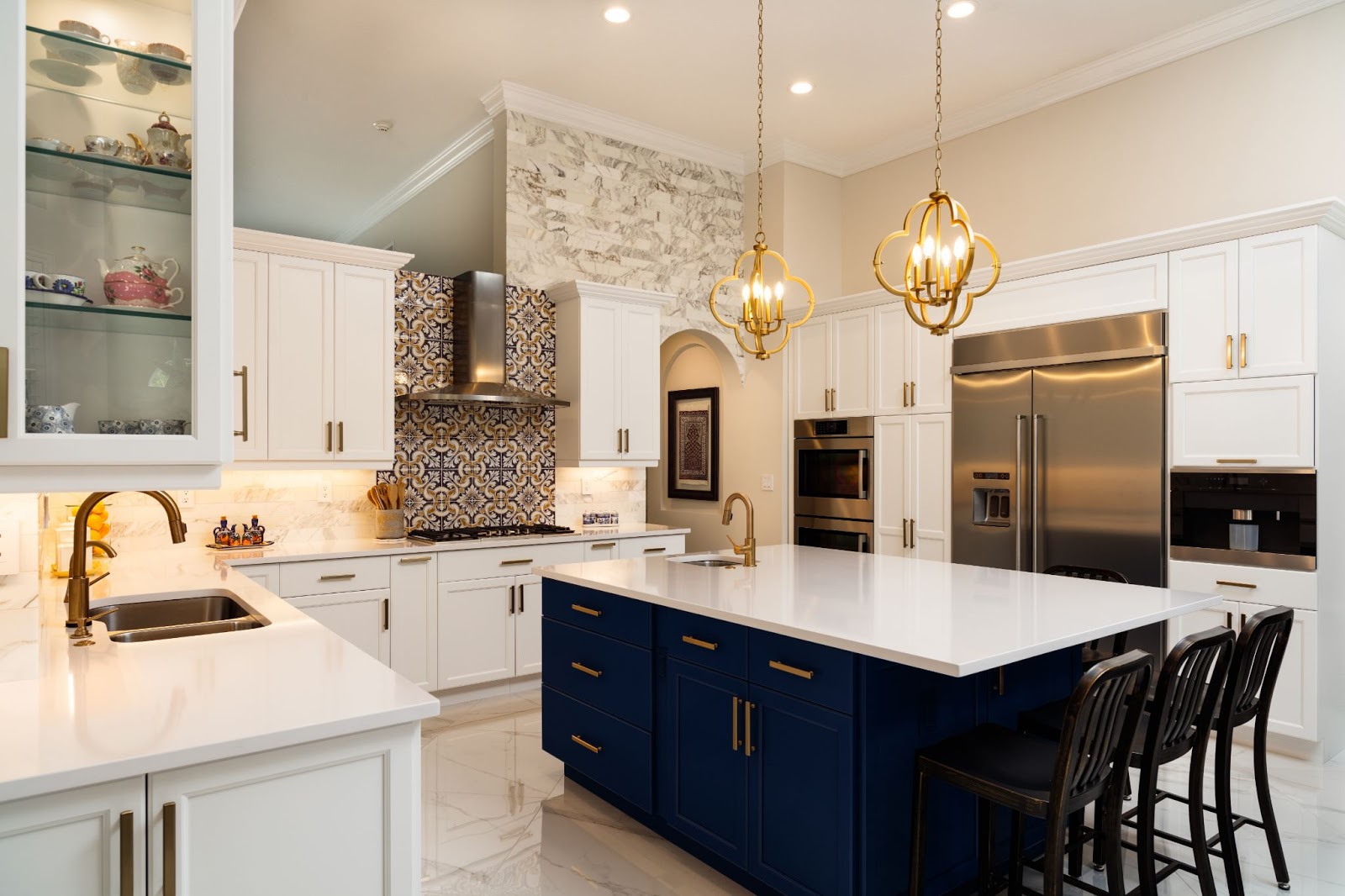
Affordable Kitchen Renovation Is It Possible?
Prioritizing Your Needs vs. Wants
Before you even think about picking out countertops, you need a serious conversation with yourself (and your partner, if applicable). What are your absolute must-haves in a kitchen renovation? A new sink? New appliances? More counter space? Make a list, prioritizing these necessities. Then, create a separate list of things you’d *like* to have – fancy backsplash tiles, custom cabinetry – but could live without if budget constraints arise. This clear distinction helps you focus your spending on the elements that truly impact your daily kitchen use.
Focusing on a Partial, Rather Than Full, Renovation
A complete kitchen gut-job is the most expensive option. Instead, consider a partial renovation. Perhaps your cabinets are in decent shape but your countertops are dated. Or maybe the layout works fine, but the appliances are energy-guzzlers. By focusing on specific areas that need the most attention, you significantly cut down on labor and materials costs. This allows you to tackle bigger projects in phases, spreading out the expense.

DIYing Where Possible
Many renovation tasks are surprisingly doable with a little bit of research and elbow grease. Painting cabinets, installing new cabinet hardware, or even laying tile are all projects that can save you a significant amount of money on labor costs. There are countless online resources, from YouTube tutorials to detailed blog posts, that can guide you through these projects. However, know your limitations – some jobs are best left to the professionals.
Smart Shopping for Materials and Appliances
Don’t just settle for the first price you see. Shop around for the best deals on materials and appliances. Consider visiting home improvement stores during sales periods or looking for discounts online. Think about using more affordable materials like laminate countertops instead of granite, or opting for reasonably priced but reliable appliances. You can still achieve a stylish and functional kitchen without breaking the bank by being resourceful and patient.
Exploring Affordable Cabinet Refacing
Replacing cabinets is one of the biggest expenses in a kitchen renovation. But instead of ripping them out entirely, consider refacing them. This involves replacing the cabinet doors, drawer fronts, and hardware, giving your cabinets a brand-new look without the hefty price tag of replacement. You can find affordable cabinet refacing options online or at local home improvement stores, often with a wide variety of styles and colors to choose from. This option significantly reduces waste and is environmentally friendly.
Utilizing Reclaimed or Recycled Materials
Adding a unique, sustainable touch while saving money is possible by using reclaimed or recycled materials. Think about sourcing used cabinets from salvage yards, using reclaimed wood for shelving or countertops, or choosing recycled glass tiles for the backsplash. Not only will this be kinder to your wallet, but it also adds character and a touch of individuality to your kitchen, setting it apart from cookie-cutter designs.
Working Within a Strict Budget and Sticking to It
Before you start, set a realistic budget and stick to it religiously. Unexpected expenses always




















